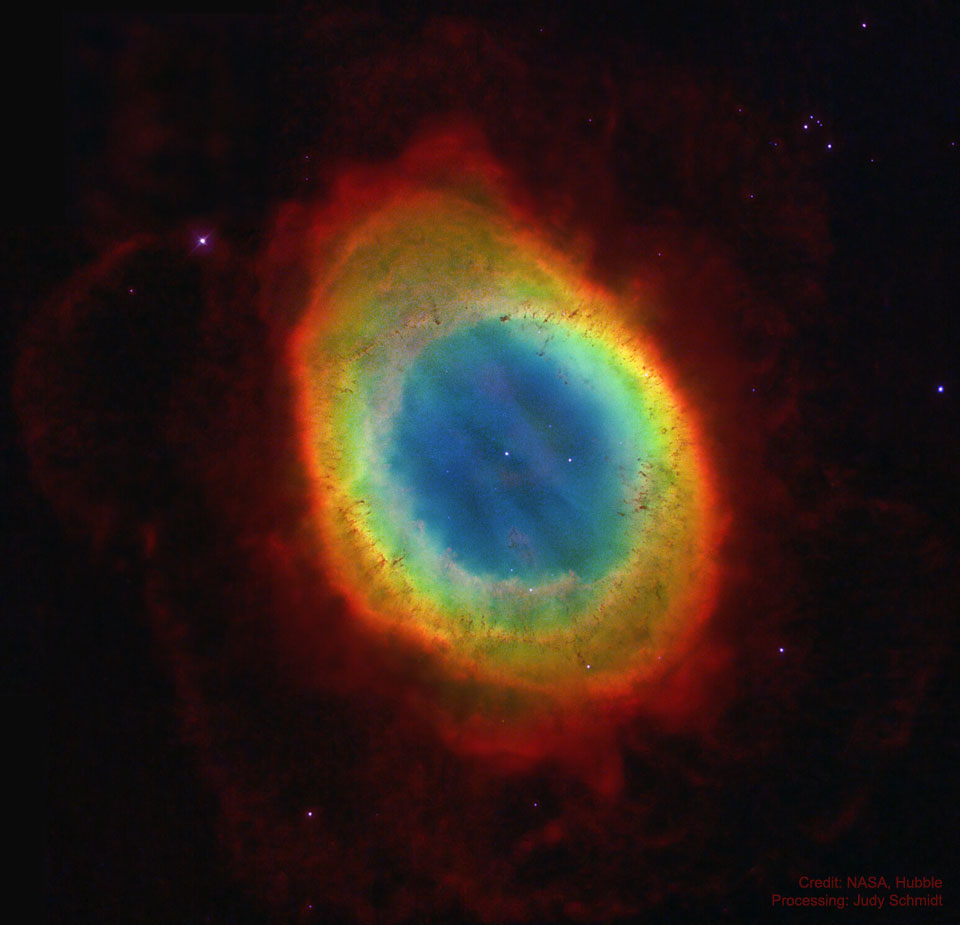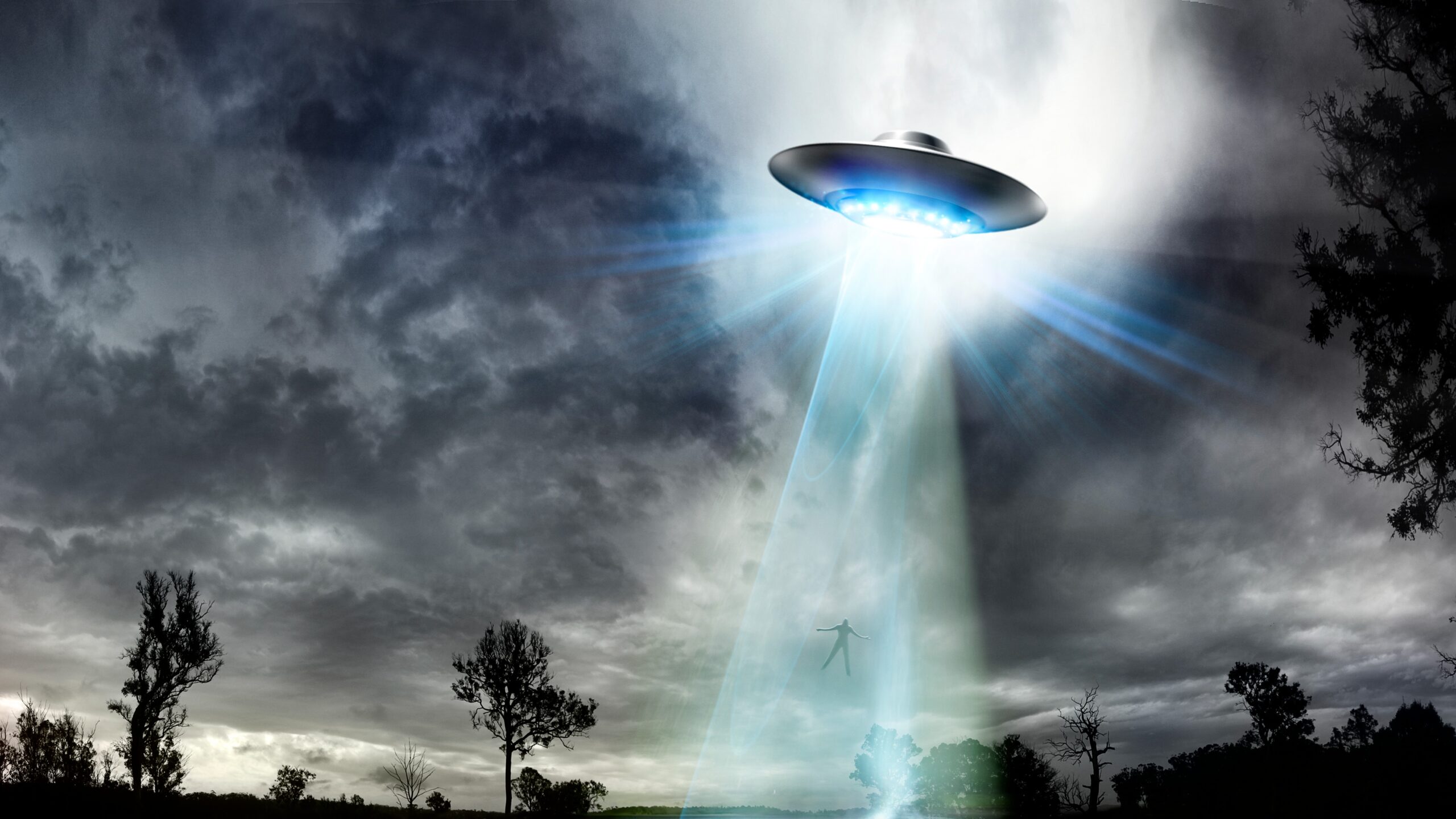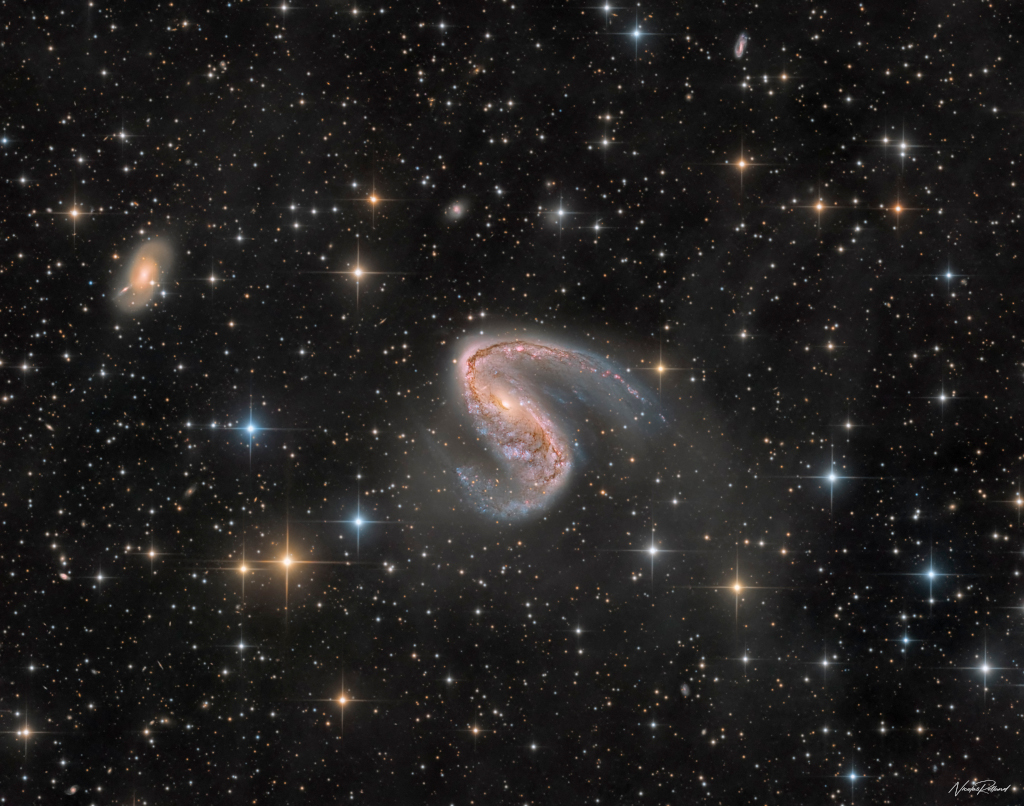Blog
Rocco Scott LaFaro (April 3, 1936 – July 6, 1961) was an American jazz double bassist known for his work with the Bill Evans Trio. LaFaro broke new ground on the instrument, developing a countermelodic style of accompaniment rather than playing traditional walking basslines, as well as virtuosity that was practically unmatched by any of his contemporaries. Despite his short career, he remains one of the most influential jazz bassists, and was ranked number 16 on Bass Player magazine’s top 100 bass players of all time.
Born in Newark, New Jersey, United States, the son of a big band musician, LaFaro was five when his family moved to Geneva, New York. He started playing piano in elementary school, bass clarinet in middle school, and tenor saxophone when he entered high school. He took up double bass at 18 before entering college because learning a string instrument was required of music education majors. After three months at Ithaca College, he concentrated on bass. He played in groups at the College Spa and Joe’s Restaurant on State Street in downtown Ithaca.
LaFaro died in an automobile accident on July 6, 1961, in Seneca, New York, on U.S. Route 20 between Geneva and Canandaigua, four days after accompanying Stan Getz at the Newport Jazz Festival. According to Paul Motian, the death of LaFaro left Bill Evans “numb with grief”, “in a state of shock”, and “like a ghost”. Obsessively he played “I Loves You Porgy“, a song that had become synonymous with him and LaFaro. Evans stopped performing for several months.
more...
James Harrell McGriff (April 3, 1936 – May 24, 2008) was an American hard bop and soul-jazz organistand organ trio bandleader.
Born in Germantown, Pennsylvania, United States, McGriff started playing piano at the age of five and by his teens had also learned to play vibes, alto sax, drums and upright bass. He played bass in his first group, a piano trio. When he joined the United States Army, McGriff served as a military policeman during the Korean War. He later became a police officer in Philadelphia for two years.
Music kept drawing McGriff’s attention away from the police force. His childhood friend, organist Jimmy Smith, had begun earning a substantial reputation in jazz for his Blue Note albums (the two played together once in 1967) and McGriff became entranced by the organ sound while Richard “Groove” Holmes played at his sister’s wedding. Holmes went on to become McGriff’s teacher and friend and they recorded together on two occasions in 1973 for two Groove Merchant records.
more...James Wesley “Bubber” Miley (April 3, 1903 – May 20, 1932) was an American early jazz trumpet and cornet player, specializing in the use of the plunger mute.
Miley was born in Aiken, South Carolina, United States, into a musical family. At the age of six, he and his family moved to New York City where, as a child, he occasionally sang for money on the streets, and later, at the age of 14, studied to play the trombone and cornet.
In 1920, after having served in the Navy for 18 months, he joined a jazz formation named the Carolina Five, and remained a member for the next three years, playing small clubs and boat rides all around New York City. After leaving the band at the age of 19, Miley briefly toured the Southern States with a show titled The Sunny South, and then joined Mamie Smith‘s Jazz Hounds, replacing trumpeter Johnny Dunn.They regularly performed in clubs around New York City and Chicago. While touring in Chicago, he heard King Oliver‘s Creole Jazz Band playing and was captivated by Oliver’s use of mutes. Soon Miley found his own voice by combining the straight and plunger mute with a growling sound.
Miley’s alcoholism terminally affected his life. On May 20, 1932, at the age of 29, he died of tuberculosis, on Welfare Island, now Roosevelt Island, in New York City. Miley lived just a little longer than his contemporary, jazz cornetist Bix Beiderbecke, whose life was also cut short due to alcohol abuse.
more... It was noticed hundreds of years ago by stargazers who could not understand its unusual shape. It looked like a ring on the sky. Except for the rings of Saturn, the Ring Nebula (M57) may be the most famous celestial circle. We now know what it is, and that its iconic shape is due to our lucky perspective. The recent mapping of the expanding nebula’s 3-D structure, based in part on this clear Hubble image,indicates that the nebula is a relatively dense, donut-like ring wrapped around the middle of an (American) football-shaped cloud of glowing gas. Our view from planet Earth looks down the long axis of the football, face-on to the ring. Of course, in this well-studied example of a planetary nebula, the glowing material does not come from planets. Instead, the gaseous shroud represents outer layers expelled from the dying, once sun-like star, now a tiny pinprick of light seen at the nebula’s center. Intense ultraviolet light from the hot central star ionizes atoms in the gas. The Ring Nebula is about one light-year across and 2,500 light-years away.
Garnett Silk (born Garnet Damion Smith; 2 April 1966 – 9 December 1994) was a Jamaican reggae musician and Rastafarian, known for his diverse, emotive, powerful and smooth voice. During the early 1990s he was hailed as a rising talent, however his career was ended by his early death in 1994, while attempting to save his mother from her burning house.
more...Marvin Pentz Gay Jr., who also spelled his surname as Gaye (April 2, 1939 – April 1, 1984), Wash DC was an American R&B and soul singer and songwriter. He helped to shape the sound of Motown in the 1960s, first as an in-house session player and later as a solo artist with a string of successes, earning him the nicknames “Prince of Motown” and “Prince of Soul”.
more...Larry Coryell (born Lorenz Albert Van DeLinder III; April 2, 1943 Galveston, TX – February 19, 2017) was an American jazz guitarist.
more...Leon Russell (born Claude Russell Bridges; April 2, 1942 –Lawton, OK November 13, 2016) was an American musician and songwriter who was involved with numerous bestselling records during his 60-year career that spanned multiple genres, including rock and roll, country, gospel, bluegrass, rhythm and blues, southern rock, blues rock, folk, surf and the Tulsa Sound.
more...Booker Little Jr. (April 2, 1938 – October 5, 1961) was an American jazz trumpeter and composer. He appeared on many recordings in his short career, both as a sideman and as a leader. Little performed with Max Roach, John Coltrane, and Eric Dolphy and was strongly influenced by Sonny Rollins and Clifford Brown. He died aged 23.
Booker Little Jr. was born in Memphis, Tennessee to Booker, a Pullman porter who was a trombonist, and his wife Ophelia Little, who was a church organist. He also was the brother of Helena, Vivian, and Vera Little(Vera later sung with the London Opera Company). From a musically inclined family, Little naturally gravitated towards music. Like his father, he attempted to learn the trombone but instead choose clarinet at the age of 12. At 14, he finally settled on trumpet as his band director urged him play that instrument. In 1952, Little attended Manassas High School where he would begin his development on trumpet and later graduate. Being in Memphis, Little was able to develop his talent with contemporaries such as Phineas Newborn Jr., George Coleman, Frank Strozier, and his cousin Louis Smith. He was performing with Newborn on a casual basis by his mid-teens.
After graduating, he moved to Chicago, Illinois to continue his studies at the Chicago Conservatory in 1954.At the conservatory, he continued to study trumpet but also incorporated studies in composition, theory, and orchestration with a minor in piano. After years of physical pain, Little died of complications resulting from uremia on October 5, 1961, in New York City at the age 23. He was survived by his wife, two sons Booker T. III and Larry Cornelius, and two daughters Cornelia and Ana Dorsey.
more...Early this morning mick was abducted by extraterrestrial aliens and beamed aboard their spacecraft. They communicated to mick that Trump was not actually a human being but a AI gone haywire and was put here by a deranged species millions of light years from here. They indicated that the true evidence of his identity would be unveiled at a massage parlor in West Palm.

more...
Distorted galaxy NGC 2442 can be found in the southern constellation of the flying fish, (Piscis) Volans. Located about 50 million light-years away, the galaxy’s two spiral arms extending from a pronounced central bar give it a hook-shaped appearance in this deep colorful image, with spiky foreground stars scattered across the telescopic field of view. The image also reveals the distant galaxy’s obscuring dust lanes, young blue star clusters and reddish star forming regions surrounding a core of yellowish light from an older population of stars. But the star forming regions seem more concentrated along the drawn-out (upper right) spiral arm. The distorted structure is likely the result of an ancient close encounter with the smaller galaxy seen near the top left of the frame. The two interacting galaxies are separated by about 150,000 light-years at the estimated distance of NGC 2442.

more...
Gilbert Scott-Heron (April 1, 1949 – May 27, 2011) was an American jazz poet, singer, musician, and author, known primarily for his work as a spoken-word performer in the 1970s and 1980s. His collaborative efforts with musician Brian Jackson featured a musical fusion of jazz, blues, and soul, as well as lyrical content concerning social and political issues of the time, delivered in both rapping and melismatic vocal styles by Scott-Heron. He referred to himself as a “bluesologist”, his own term for “a scientist who is concerned with the origin of the blues”. His poem “The Revolution Will Not Be Televised“, delivered over a jazz-soul beat, is considered a major influence on hip hop music.
His music, most notably on the albums Pieces of a Man and Winter in America in the early 1970s, influenced and foreshadowed later African-American music genres such as hip hop and neo soul. His recording work received much critical acclaim, especially for “The Revolution Will Not Be Televised”. AllMusic‘s John Bush called him “one of the most important progenitors of rap music“, stating that “his aggressive, no-nonsense street poetry inspired a legion of intelligent rappers while his engaging songwriting skills placed him square in the R&B charts later in his career.”
Scott-Heron remained active until his death, and in 2010 released his first new album in 16 years, entitled I’m New Here. A memoir he had been working on for years up to the time of his death, The Last Holiday, was published posthumously in January 2012. Scott-Heron received a posthumous Grammy Lifetime Achievement Award in 2012. He also is included in the exhibits at the National Museum of African American History and Culture (NMAAHC) that officially opened on September 24, 2016, on the National Mall, and in an NMAAHC publication, Dream a World Anew. In 2021, Scott-Heron was inducted into the Rock and Roll Hall of Fame, as a recipient of the Early Influence Award.
Gil Scott-Heron was born in Chicago. His mother, Bobbie Scott, was an opera singer who performed with the Oratorio Society of New York. His father, Gil Heron, nicknamed “The Black Arrow”, was a Jamaican footballer who in the 1950s became the first black man to play for Celtic F.C. in Glasgow, Scotland. Gil’s parents separated in his early childhood.
more...Irving Sidney “Duke” Jordan (April 1, 1922 – August 8, 2006) was an American jazz pianist.
Jordan was born in New York and raised in Brooklyn where he attended Boys High School. An imaginative and gifted pianist, Jordan was a regular member of Charlie Parker‘s quintet during 1947–48, which also featured Miles Davis. He participated in Parker’s Dial sessions in late 1947 that produced “Dewey Square”, “Bongo Bop”, “Bird of Paradise”, and the ballad “Embraceable You“. These performances are featured on Charlie Parker on Dial.
more...Alberta Hunter (April 1, 1895 – October 17, 1984) was an American jazz and blues singer and songwriter from the early 1920s to the late 1950s. After twenty years of working as a nurse, Hunter resumed her singing career in 1977.
Hunter was born in Memphis, Tennessee, to Laura Peterson, who worked as a maid in a Memphis brothel, and Charles Hunter, a Pullman porter. Hunter said she never knew her father. She attended Grant Elementary School, off Auction Street, which she called Auction School, in Memphis. She attended school until around age 15.
more...More Posts
- Derek Trucks Day
- Bill Watrous Day
- World Music with Mwana Idi Shaban
- Daily Roots with Jah Scotchie
- The Cosmos with LDN 1733
- Tina Brooks Day
- World Music with Rafael Riqueni
- Tal Farlow Day
- Daily Roots with Dennis Alcapone
- Dr John Live
- Dr John Dies at 77
- The Cosmos with M63
- Steve Vai Day
- Monty Alexander Day
- Grant Green Day
- World Music with Shono
- Daily Roots with Prince Francis
- Diego’s Memorial Site
- Tears of Sorrow and Healing for Diego
- Diego LaBriola Memorial & Vigil today 6-5-19